In a quiet room in the lower conference level of the Cesar Chavez Student Center, a group of students participating in the Student Kouncil of Inter-Tribal Nations (SKINS) event sat in a shared state of concentration. Deft fingers wielding long needles and thread pierced tiny pigmented beads, weaving them through lengths of paracord, creating patterns of colors.
The lone voice in the organization’s office belonged to Destiny Saubel, the secretary of SKINS, who broke the silence only to offer help to some of the inexperienced beaders with the intricacies of the flat-stitch.
On Monday, Sept. 23, SKINS hosted their third beading circle, an event meant to create community, explore cultural identity and facilitate self-expression.
“Beading is a form of self-expression of people’s Indigenous identity, not just to one tribe but to native people as a whole,” said Saubel, a third-year San Francisco State University student majoring in American Indian Studies. “Self-expression doesn’t always have to be your culture but it’s important to know who you are and know enough to accurately and respectfully represent yourself.”

As an art form, beadwork permeates most Indigenous cultures, often used as a medium to portray history, culture and identity. Historically, shells, bone and sinew formed the materials used for traditional beadwork, later replaced by glass beads purchased from European foreigners, according to Nora Frankel, Assistant Conservator of Objects and Textiles at the Williamstown Art Conservation Center. Now, plastic iterations cut down the intensive labor needed to color the beading material.
In each SKINS beading kit is a working pad, a needle, thread, a container for beads and a cube of beeswax. The kits cost each new bead worker $10.
Ross Veggetti, a general member of SKINS, attended both of the SKINS beading circles last year, and this event was his first circle in the Fall 2024 semester.
“I’ve always known my family had origins in certain tribes and it’s what sparked my curiosity to learn where my family is from,” said Veggetti, a second-year Cinema student. “It’s important to find community here. There’s definitely one at SKINS.”
Though the circle is a relatively new recurring event, it was something Saubel says was an idea “floating around for a while,” but it wasn’t until last year that Saubel and a past SKINS member decided to teach the other members some techniques. Saubel herself has been beading for over 10 years; it’s a skill her aunt, amongst other teachers, taught her in her childhood.
“It was part of my experience growing up as a Native kid going to tribal events,” Saubel said. “It’s what pushed my ambition to learn about other Native communities other than my own.”
For other students at the event, beading is a new endeavor and a first step into discovering the history of their origins. Sandra Garcia, a third-year Studio Arts transfer student, always wanted to try beading. She grew up hearing secondhand stories of her father’s mother, an Indigenous woman who made pottery.
“It’s what makes me curious,” Garcia said of her heritage.
Garcia describes the lack of a personal relationship with her grandmother as “something missing” in her own knowledge of her culture. Garcia saw the Instagram post announcing the beading circle, and it’s what drew her to the event and to the SKINS office for the first time.
“I found the art form calming, and I enjoyed the beading,” Garcia said. “It was difficult at the beginning though, learning the first few steps.”




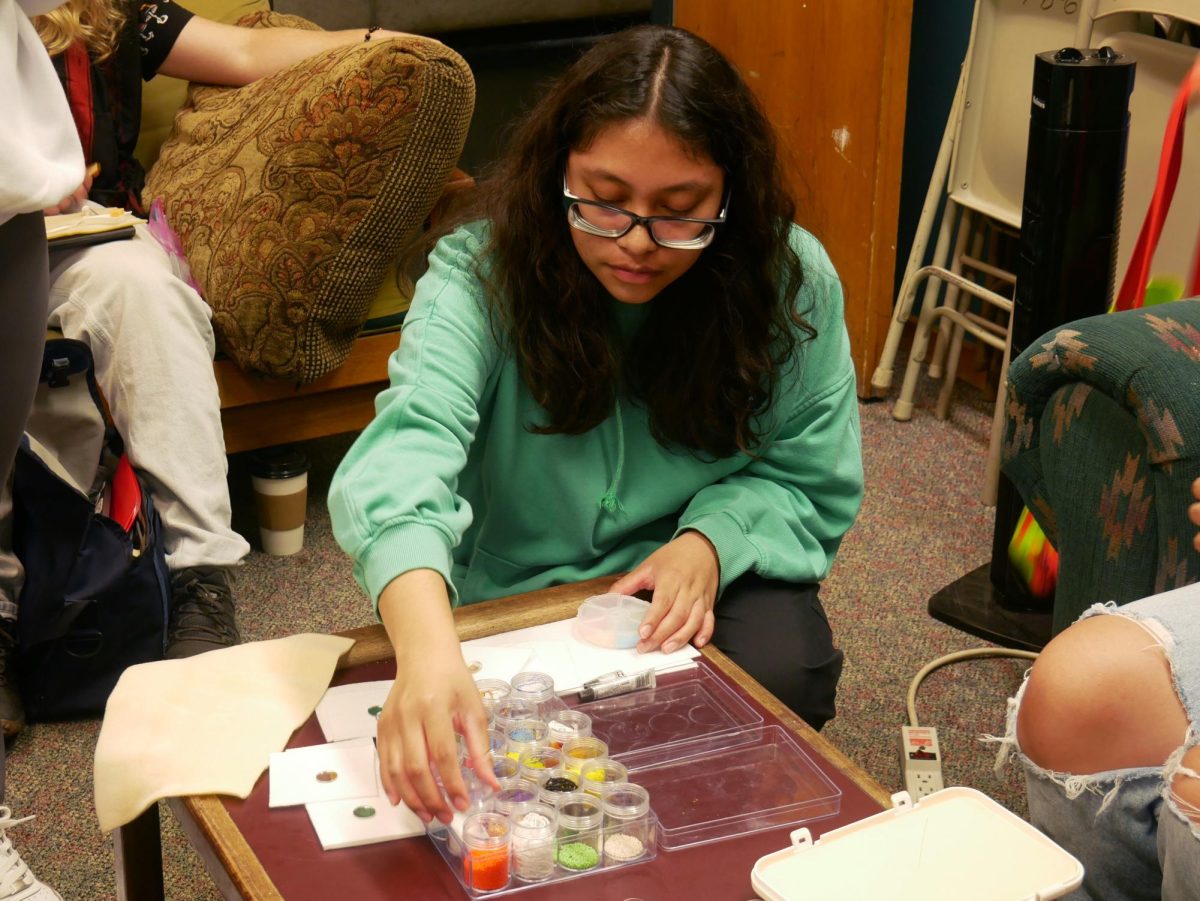
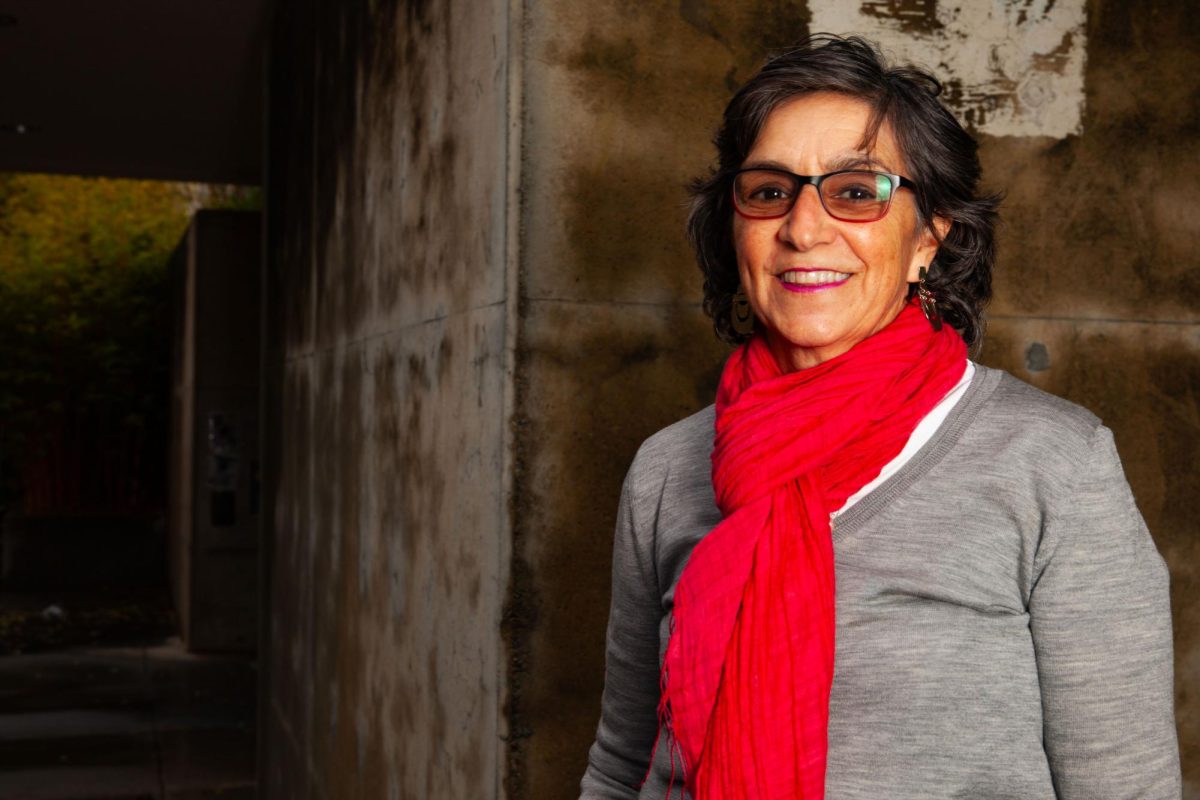
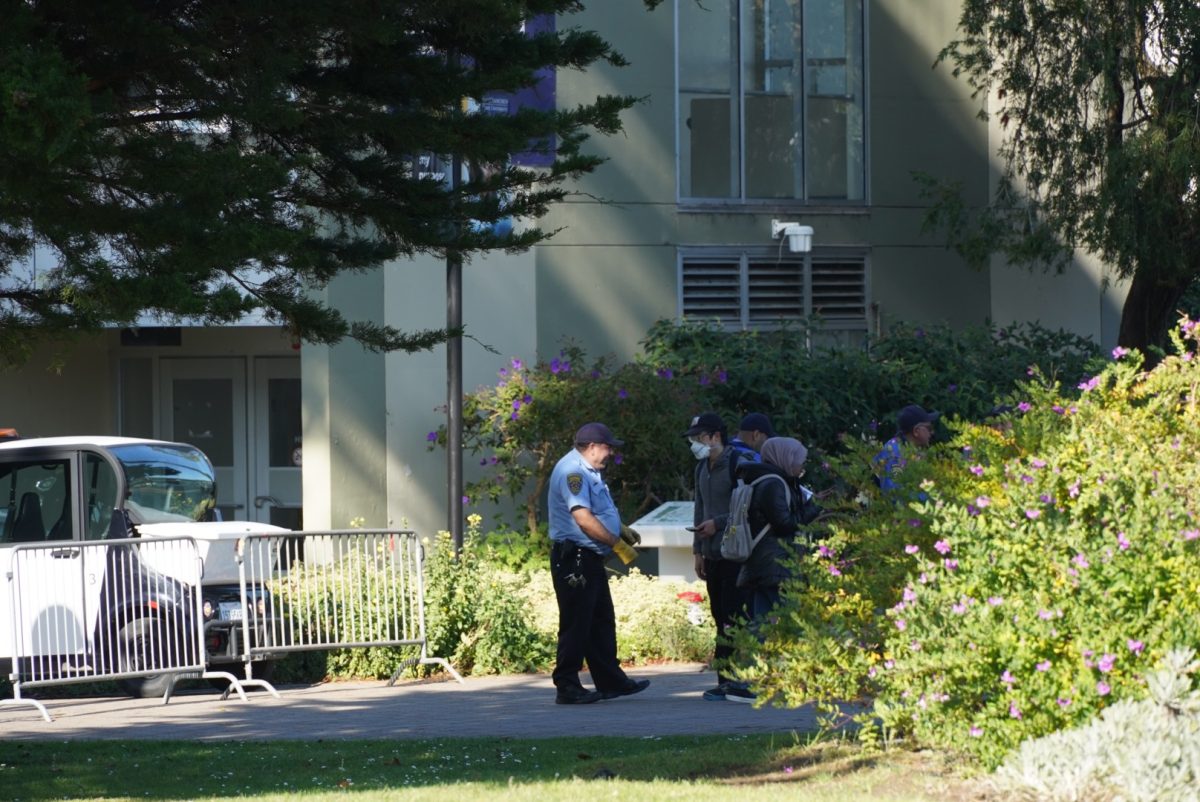
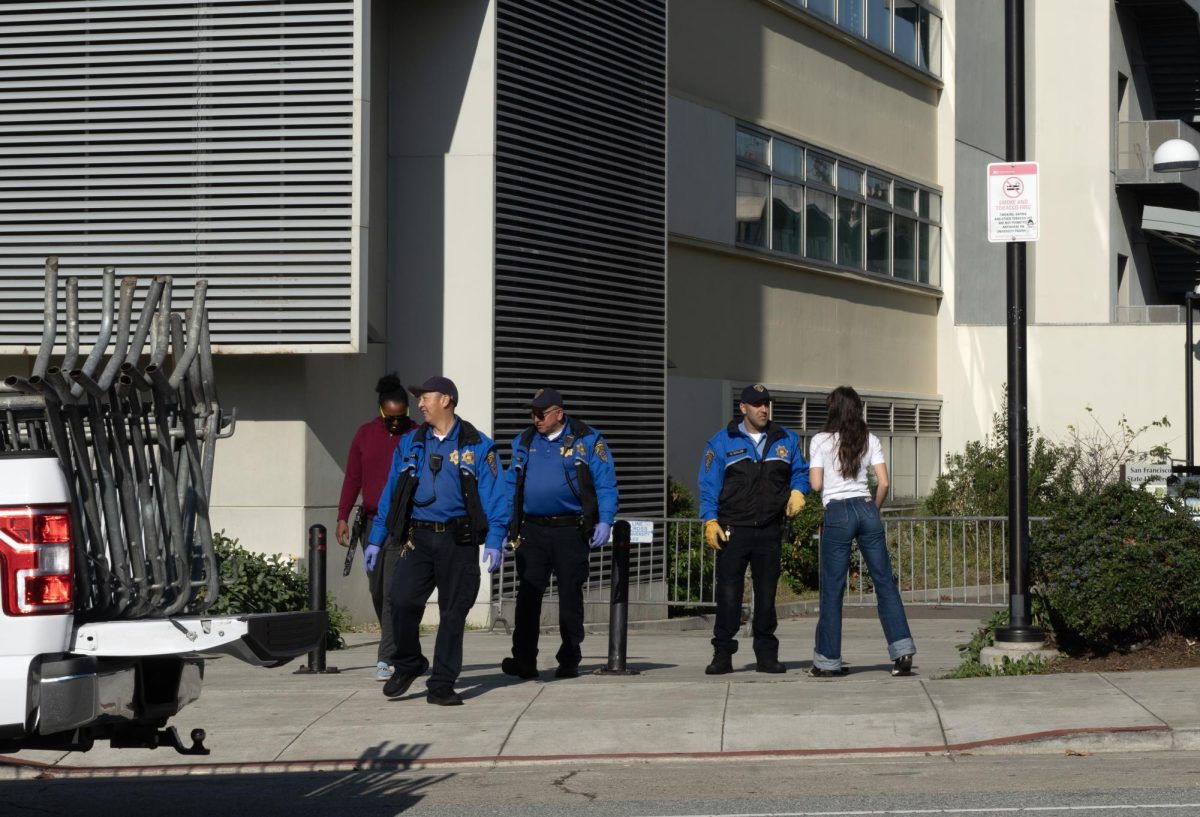
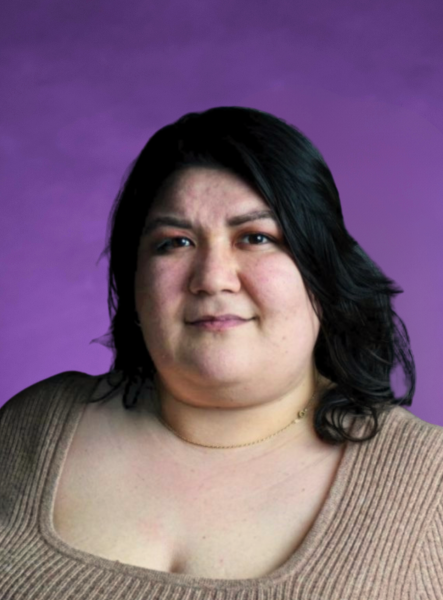
Carissa Bailon • Oct 7, 2024 at 10:32 am
I always enjoy your writing. Very informative, very detailed. Good job!